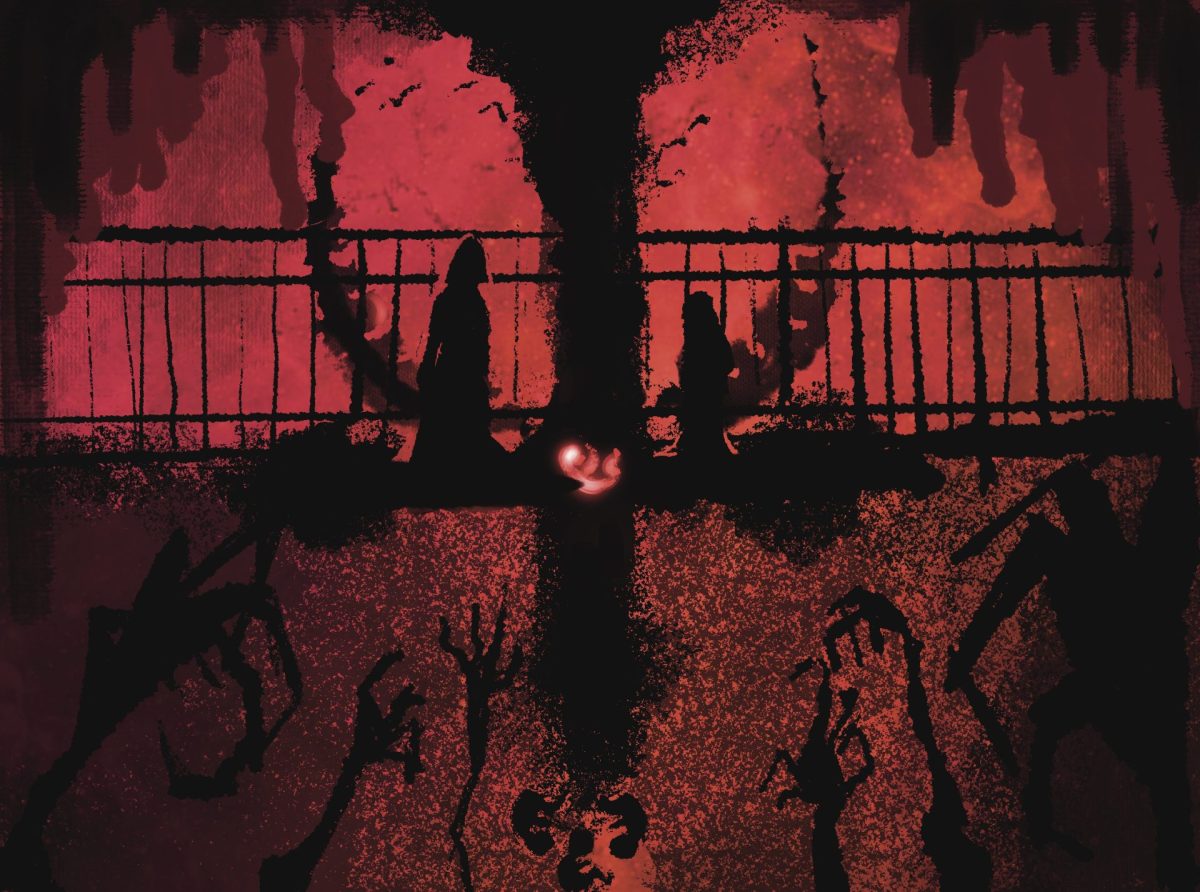When I was younger, I tried to avoid the Grand Theft Auto series. Between the unrelatable characters, paper-thin plots and glitzy, style-over-substance sandbox gameplay, they were the Lowest Common Denominator of gaming. Always fun, but the stuff you’d play at parties or when you really wanted to tick off your parents, not to enjoy a story unfold.
Then, along came “GTA IV,” an absolutely brilliant game whose sympathetic protagonist and deep, tragic narrative gave me hope that maybe the series was finally taking a turn for the better.
Judging by “GTA V,” that hope was misplaced. Reminiscent of nothing so much as “GTA: San Andreas,” “GTA V” is fun and freewheeling – but ultimately disjointed and just as shallow as some of its predecessors. The story follows protagonists Franklin Clinton, Michael Townley and Trevor Phillips as they navigate the criminal underworld of Los Santos, an in-universe emulation of Los Angeles. Michael and Trevor are old crewmates on a heist gone terribly wrong, the aftermath of which has left the former inexplicably wealthy and the latter, rotting in a meth lab in the desert. Franklin, meanwhile, is a young thug tired of the gangsta life, desperately searching for a way out. The circumstances these characters find themselves in ultimately drive them towards each other, until the fate of one cannot be separated from that of the other two.
An interesting premise, no doubt. Unfortunately, its execution falls flat. Within the first third of the game, it becomes clear that the developers were more intent on making badasses with a hint of humanity than humans with a hint of badass. Trevor, in particular, is reduced to little more than a vicious, dark comic relief. Not only that, but the ability to switch characters on the fly is really more gimmicky and distracting than it is innovative. Trying to keep three plotlines straight as they entangle in each other is not helped by the game’s nearinsistence that you switch between them on a moment’s notice to complete missions and challenges. Combined with a tendency of the game to not provide any exposition for the missions and a decent amount of clumsy “in media res” moments, and very quickly any attachment one may have to the plot fades away. It becomes a mere vehicle to move the run ‘n gun action along.
Though perhaps that’s for the best, as the sandbox is where the game shines. There’s no limit to the crazy stunts one can pull throughout the game world, and minigames, high-speed chase sequences and shooting galleries can provide hours of entertainment. Glib, mindless entertainment maybe, but viscerally satisfying nonetheless. Stunning visuals and a diverse soundtrack only enhance the experience (for those who haven’t experienced it yet, gunning a police cruiser off a mountain highway while hillbilly rock blares is sure to be the highlight of your day). The controls, like the story, are a little convoluted at times and the over-zealous Rockstar physics engine leads to some frustrations, but compared to the sheer volume of things to do in the game world, those are small gripes.
I suppose that’s why the game is so disappointing. With such a diverse world, with so much to do and see, the developers had a real opportunity to paint a gorgeous story. At times, especially in Michael’s arc, you can see where they almost did. But unfortunately, as with previous entries in the series, those beautiful moments are just those – moments – suspended in a game that cares more about providing the interactive equivalent of a summer blockbuster. Early in the game, the character Franklin remarks on a vicious cycle: “It seems like all I do is let people tell me what to do, and I do it and nothing changes.” A better way to describe this game, and this series, could not be asked for.





![DePaul sophomore Greta Atilano helps a young Pretty Cool Ice Cream customer pick out an ice cream flavor on Friday, April 19, 2024. Its the perfect job for a college student,” Atilano said. “I started working here my freshman year. I always try to work for small businesses [and] putting back into the community. Of course, interacting with kids is a lot of fun too.](https://depauliaonline.com/wp-content/uploads/2024/04/ONLINE_1-IceCream-1200x800.jpg)

